Top 10 Global Zirconia Block Manufacturers
2024-08-07
2025-09-23
Teledentistry has exploded in popularity by 2025, driven by technological advancements and the lingering effects of global health challenges. This virtual approach allows patients to consult dentists via video calls, apps, and secure platforms, effectively bridging geographical and socioeconomic gaps in care. With the market projected to surpass $4 billion, it's reshaping how routine check-ups, follow-ups, and even minor treatments are delivered.
Core benefits include convenience and accessibility. Rural patients or those with mobility issues can receive expert advice without travel, while AI-integrated platforms triage cases efficiently. For orthodontists, remote monitoring of aligners via photos and scans reduces in-office visits, saving time and costs. Emergency consultations for pain or infections can be handled promptly, preventing complications.

Growth is fueled by integration with other trends like AI diagnostics and wearable tech for oral health tracking. In 2025, many practices offer hybrid models, combining virtual assessments with in-person procedures. This not only expands reach but also addresses staffing shortages by optimizing dentist schedules.
However, challenges like data security and reimbursement policies must be navigated. Regulatory frameworks are evolving to ensure quality, with emphasis on HIPAA-compliant tools.
As teledentistry matures, it promises equitable care for all. By 2030, it could become the norm, making dental health more proactive and inclusive.

Dry & wet milling for zirconia, PMMA, wax with auto tool changer.
learn more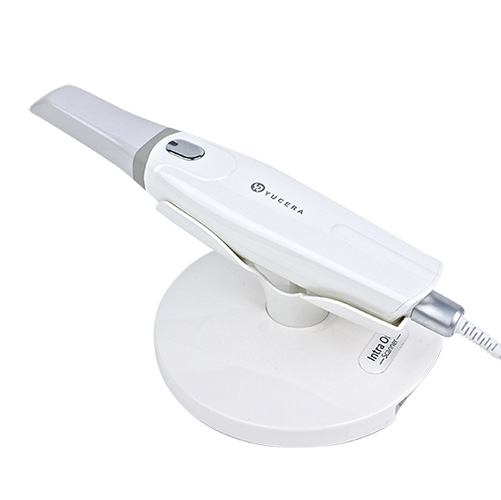
High-precision 3D scanning, AI calibration, full-arch accuracy.
learn more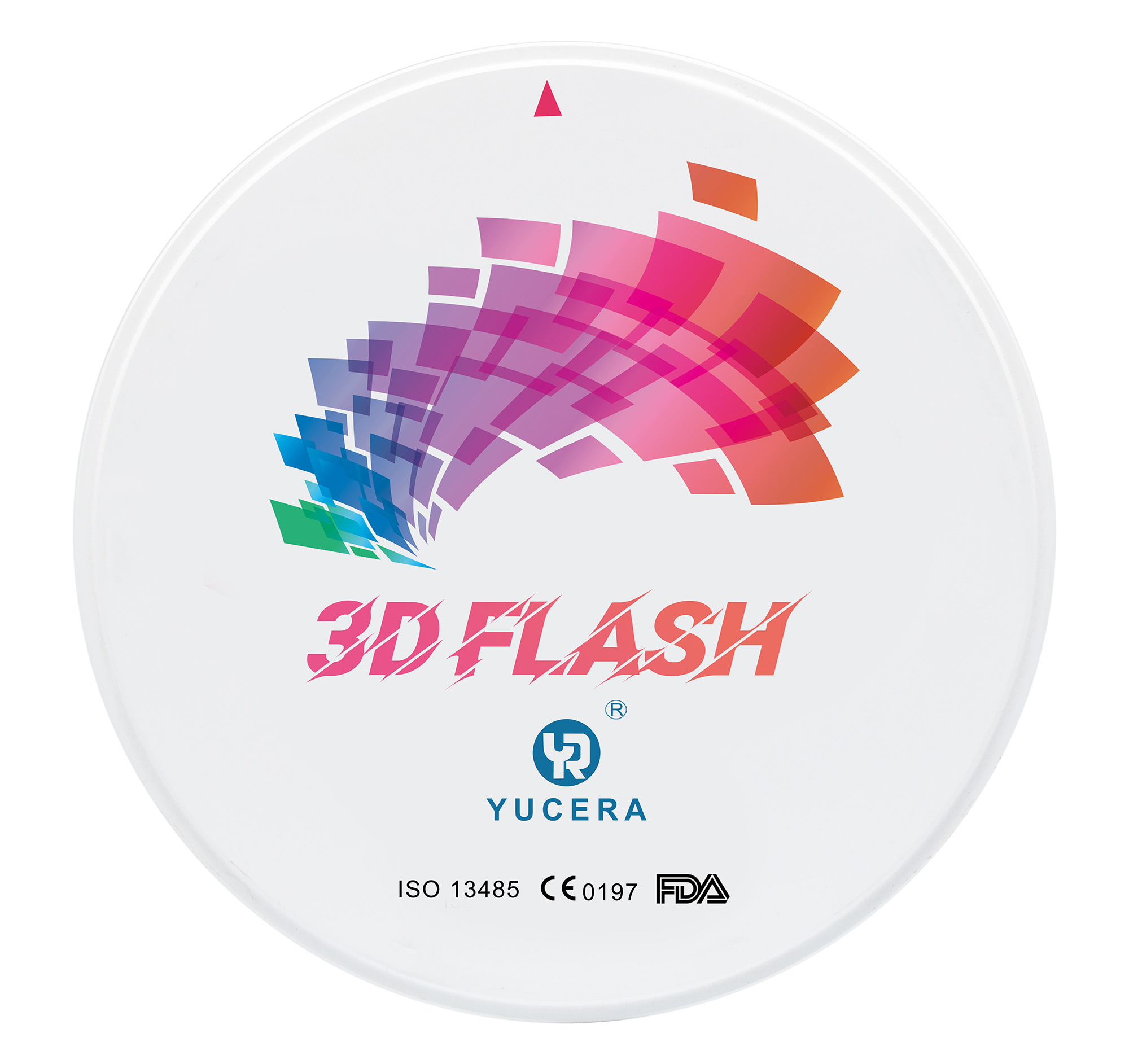
40-min full sintering with 57% incisal translucency and 1050 MPa strength.
learn more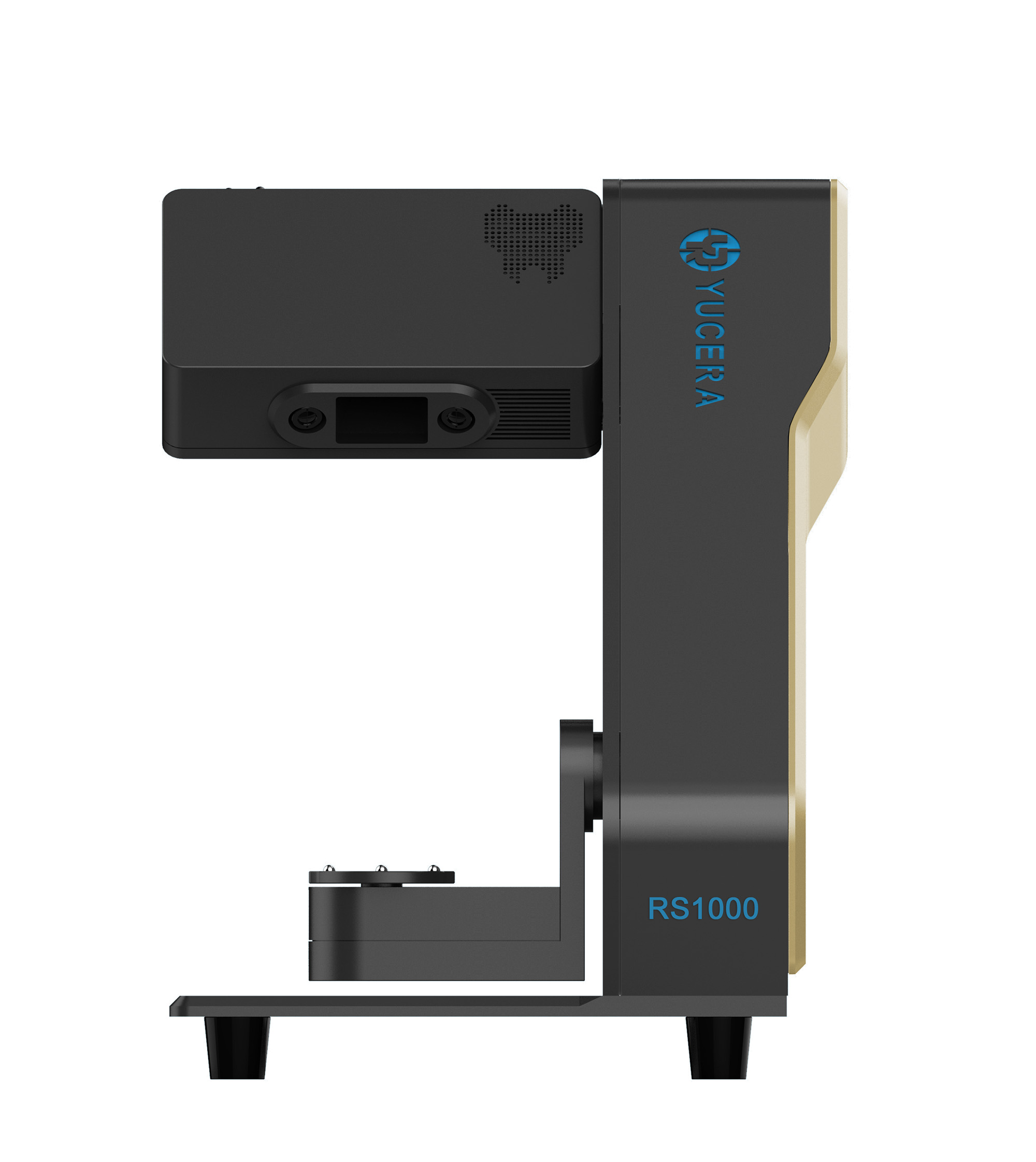
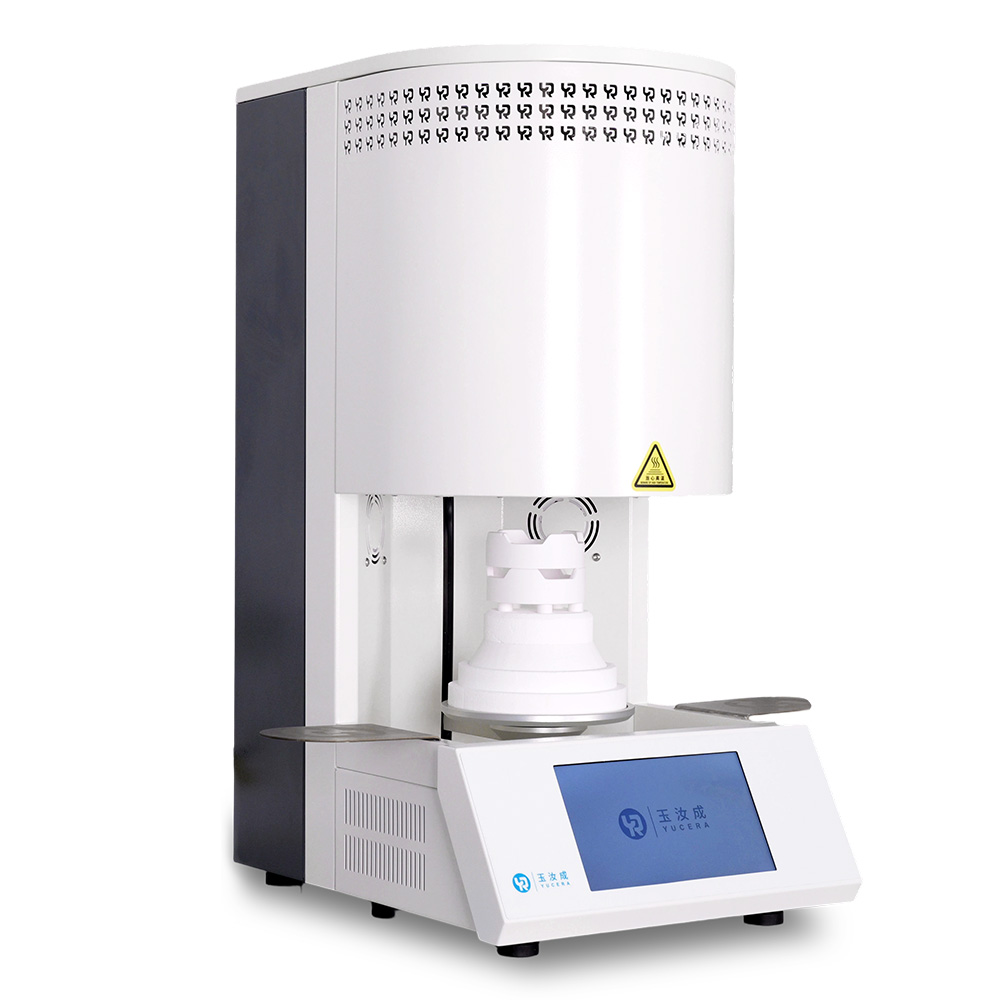
40-min cycle for 60 crowns, dual-layer crucible and 200°C/min heating.
learn more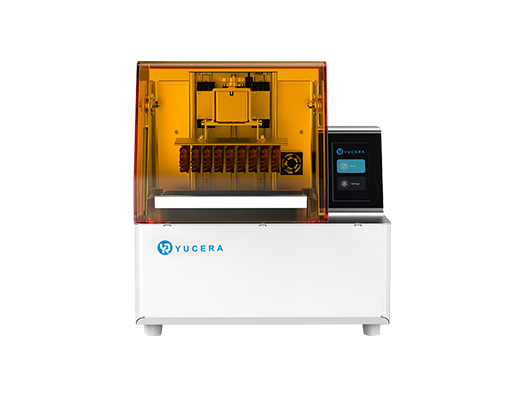
High-speed LCD printer for guides, temporaries, models with 8K resolution.
learn more